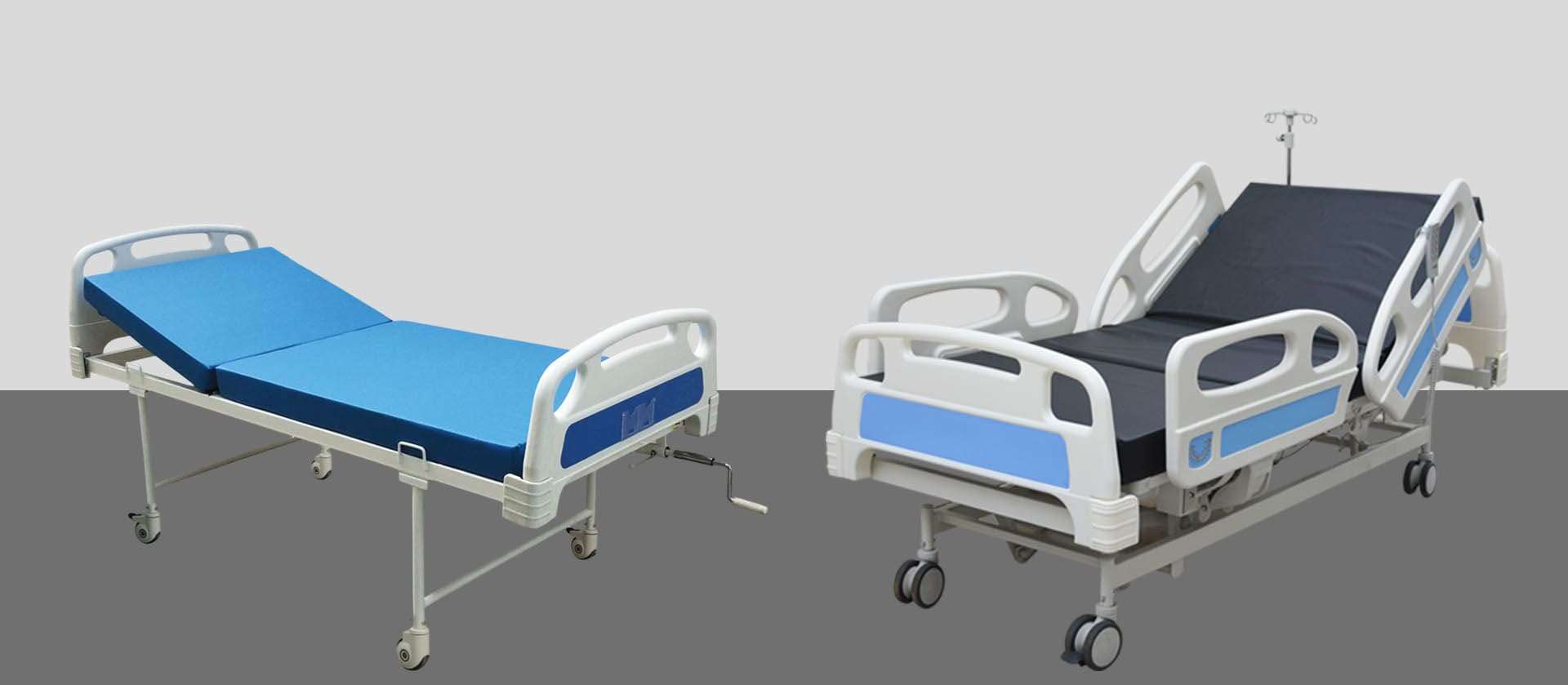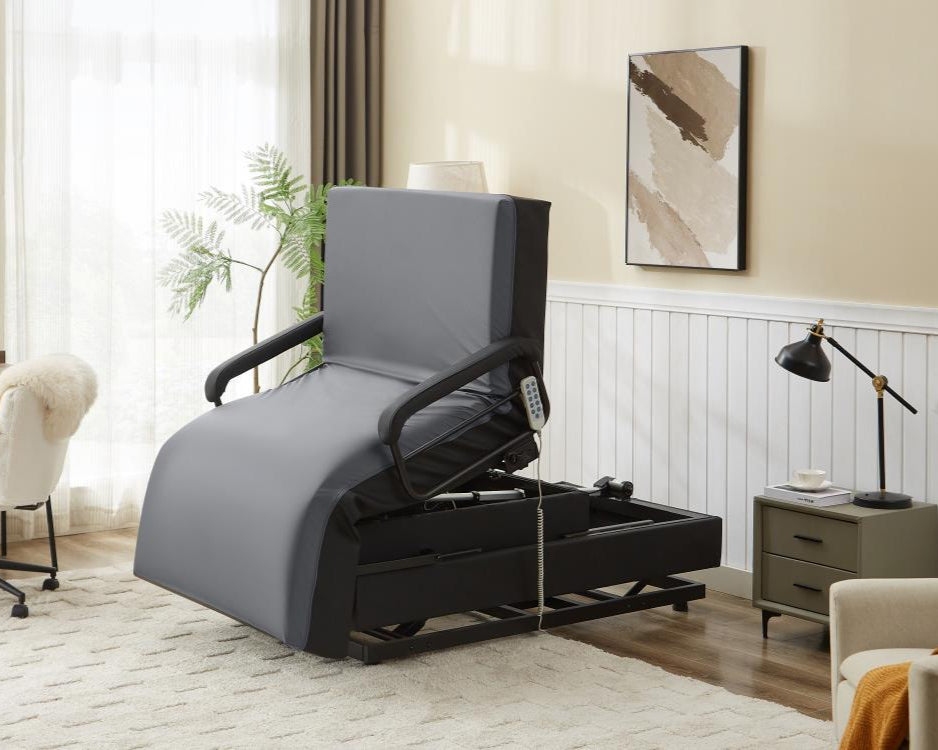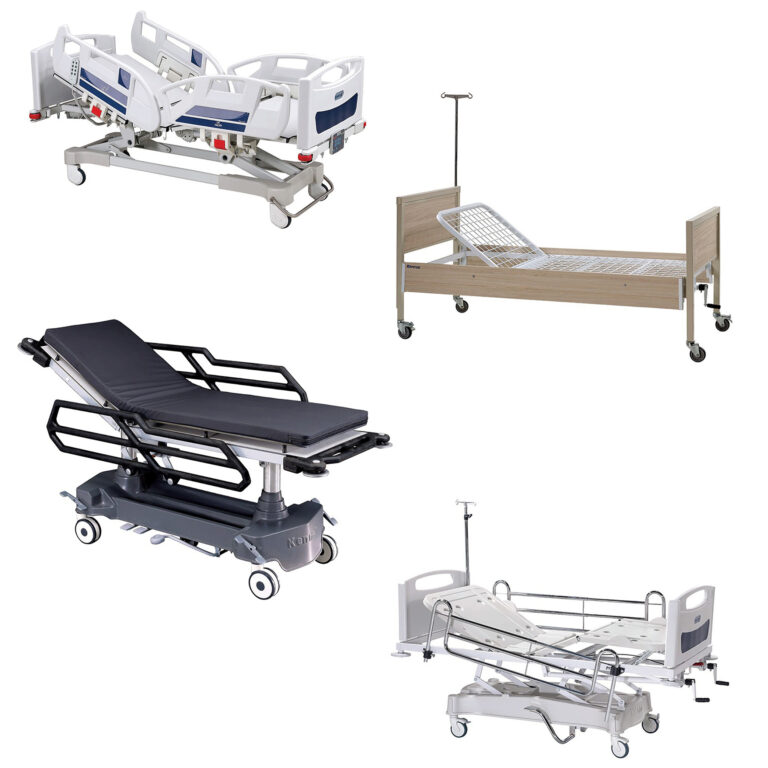Not known Factual Statements About Hospital Beds For Home Use
Not known Factual Statements About Hospital Beds For Home Use
Blog Article
The Greatest Guide To Hospital Beds For Home Use
Table of ContentsUnknown Facts About Hospital Beds For Home UseHospital Beds For Home Use Fundamentals ExplainedHospital Beds For Home Use Things To Know Before You BuyA Biased View of Hospital Beds For Home UseSome Of Hospital Beds For Home UseLittle Known Facts About Hospital Beds For Home Use.8 Easy Facts About Hospital Beds For Home Use Described
All changes are controlled electrically, which is simple to run and very accurate. It is ideal for events where individuals have limited movement or need to change their stance often. Next off, we will discover the qualities, utilizes, and Pros and Disadvantages of each sort of healthcare facility bed detailed. A hand-operated healthcare facility bed is one of the most standard kind of health center bed, and all adjustment functions are achieved via a hand-cranked tool.These hand-cranked tools are normally set up at the foot or side of the bed, and the caretaker or individual can adjust the elevation or tilt angle of the bed by drinking the take care of. Since no electric parts are called for, are typically less costly than electric hospital beds, ideal for medical establishments or households with limited budgets.
Unknown Facts About Hospital Beds For Home Use
For people that require to change their pose or elevation often, hands-on beds may not be convenient enough due to the fact that each change needs hands-on procedure. If the bed needs to be adjusted regularly, taking care of team may need to invest more physical stamina to operate the hand-cranked device - hospital beds for home use. Manual beds are generally ideal for people in the healing period or occasions with low nursing demands
Normally, the adjustment of the back and legs is managed by electric motors, while the total height adjustment still requires to be done manually. The objective of this style is to decrease costs and power usage while maintaining high functional benefit. Contrasted with manual health center beds, semi-electric healthcare facility beds are more convenient in adjusting the back and legs, specifically for patients who need to readjust their posture regularly.
Considering that only some features depend on electrical power, semi-electric hospital beds take in less power throughout use. Given that the general elevation still needs to be readjusted manually, it might not be as convenient as completely electrical healthcare facility beds for patients who require to change the bed elevation frequently. Contrasted with hand-operated hospital beds, semi-electric healthcare facility beds are slightly a lot more intricate to operate, needing customers to master the combination of electrical and manual procedures.
Electric hospital beds have high modification accuracy and can be exactly adapted to a certain angle and elevation according to the needs of individuals to give the most comfortable support. All-electric health center beds are usually geared up with a selection of added functions, such as built-in scales, bed mattress stress modification, and so on, to meet the special needs of different patients.
Hospital Beds For Home Use Can Be Fun For Everyone
A low bed is a specially designed medical facility bed that can be adapted to an extremely low level, generally only a few inches from the ground. The purpose of this design is to lower the threat of people dropping from the bed, particularly for patients that go to danger of falling, such as the senior or clients with restricted movement.

Fascination About Hospital Beds For Home Use
offer a care atmosphere suitable for kids's elevation and physique, enhancing the comfort and safety and security of children. Some pediatric beds are likewise outfitted with vibrantly colored bed rails or cartoon decorations to minimize the fear of children in the health center atmosphere. For youngsters who need to remain in bed for a long period of time, learn the facts here now pediatric beds are typically outfitted with anti-bedsore cushions, adjustable bed rails and other features to provide extensive care assistance.
The delivery bed is likewise outfitted with postpartum recovery functions, such as cushion adjustment, bed heating, and so on, to help mommies recoup much faster. The intensive care bed (ICU Bed) is created for the extensive care unit (ICU) and has thorough surveillance and nursing features. This sort of bed is generally geared up with user interfaces for a selection of surveillance tools, which can check the client's important signs in live, such as heart rate, high blood pressure, respiration, etc.
Hospital Beds For Home Use Fundamentals Explained
The intensive treatment bed has a fully electrical change feature, which can swiftly change the angle and placement of the bed to meet the demands of various treatments and care. The design of ICU bed considers the demand of rescue procedure. The bed can be rapidly gotten used to one of the helpful resources most ideal rescue stance and coordinate with making use of rescue tools.
It can efficiently separate individuals from the outside world and minimize the danger of infection transmission. Seclusion beds are typically equipped with unique bed curtains or securing covers and connected to air purification systems to maintain the air around the bed clean. Isolation beds are specially designed to stop the spread of microorganisms from infectious people and secure the safety and security of various other individuals and medical personnel.
Isolation beds are outfitted with air purification systems that can filter bacteria and particle issue in the air to maintain the air around the bed clean. Can also be readjusted to various settings.
The Best Guide To Hospital Beds For Home Use
Larger and sturdier than a conventional bed. Overweight, weight problems, patient sizeDesigned for patients at risk of falling out of bed. Reduced to the ground than a basic bed.

In a medical care setting, selecting the right bed can not just enhance the efficiency of treatment, yet additionally substantially improve individual comfort and safety and security. By comprehending the types and usages of these beds, healthcare facilities and household caregivers can much better sustain and look after their people.
The smart Trick of Hospital Beds For Home Use That Nobody is Discussing
HomeCare Healthcare Facility Beds, a department of DiaMedical U.S.A., is dedicated to providing total openness for its customers. Individuals can be overwhelmed by the various alternatives in long term treatment products, and HomeCare Healthcare facility Beds is committed to streamlining this process, while have a peek at this website making sure customers get the information and support they require.
Medicare Part B (Medical Insurance coverage) covers healthcare facility beds as resilient clinical equipment (DME) that your medical professional suggests for use in your home. After you satisfy the Part B insurance deductible you pay 20% of the Medicare-approved amount (if your supplier approves project). Medicare pays for various type of DME in various methods.

Report this page